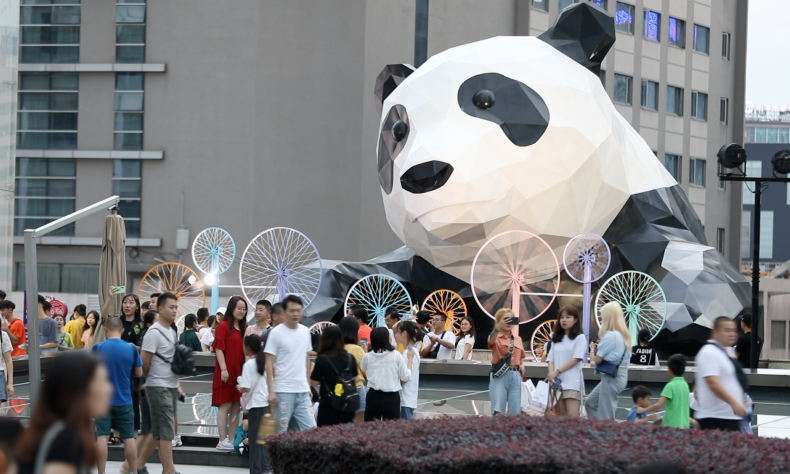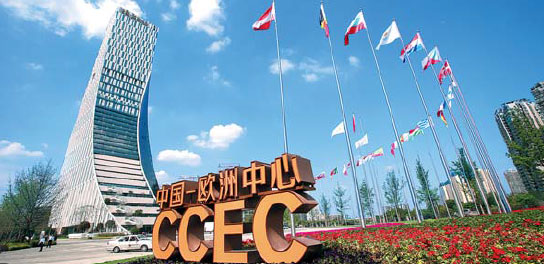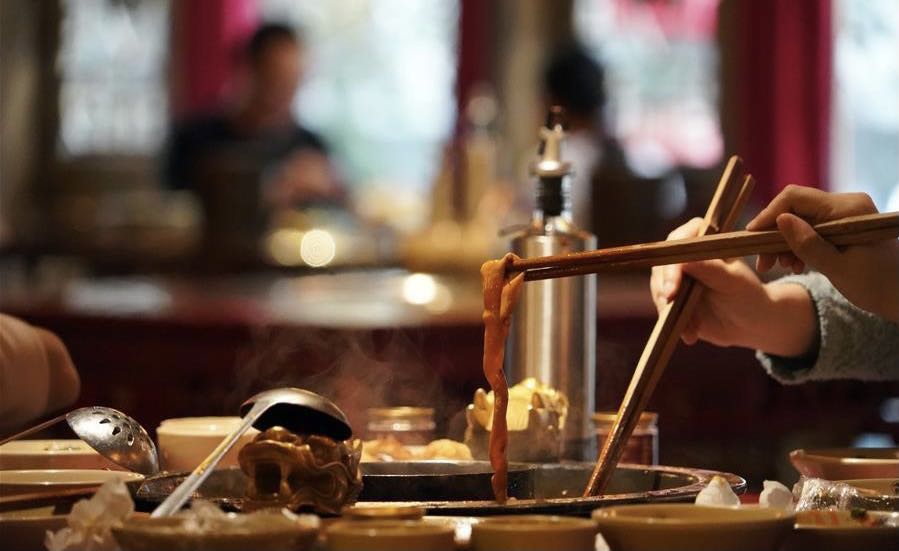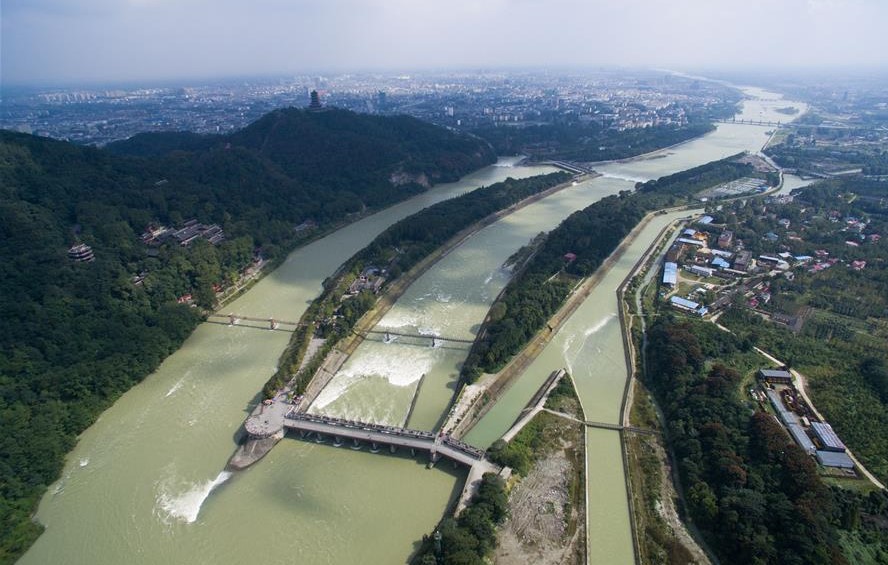Preserving the Past, Presenting the Future

The carbon neutrality project of Mount Qingcheng sets an example in terms of ecological preservation, testifying to China’s desire to continue its development by maintaining the harmony between man and nature and fostering both natural and sustainable resources.
Through preservation and innovation, China is bridging the gaps between past, present and future. Ancient culture and modernity intertwine in the nation’s rapid economic growth and daily life. And so it happened that 21 young international professionals met in the heart of southwest China in early June. Their objective: to explore a land of contrasts seen as representative of China in its totality, aka Sichuan Province.
Though landlocked, Sichuan has always maintained solid political and economic ties with its Southeast Asian neighbors as well as with Europe and the rest of the world. The provincial capital of Chengdu is a modern, thriving cultural hub, a symbol of openness and a haven for international institutions. It is here that the Business and Innovation Center for China-Europe Cooperation found its home inside a building of original and futuristic architecture.

Another captivating building in the city is the Research Base for Giant Panda Breeding, a non-profit organization dedicated to the study and captive breeding of the cute, intelligent animal. The panda perfectly sums up the remarkable mindset of the Sichuan people: good-natured but at the same time of strong, independent character.
But there’s more to Sichuan than first meets the eye. The most representative gastronomic specialty of Sichuan hospitality is undoubtedly hotpot. Diners all gather around a table with a pot firmly positioned in the center simmering with the famous red pepper broth into which everyone dips their chosen delicacies. Along with the shared meal come long discussions and much laughter, regularly interrupted by toasts. Raise your glass to that Sichuan bon vivant mentality!

The most popular festive drink in China is baijiu, an alcohol distilled from grain and rice and a beverage for all festive occasions, all year long. Wuliangye, one of the country’s most iconic baijiu brands, has its roots in Yibin, southeast Sichuan.
The omnipresence of nature in Sichuan highlights the challenges that people have had to face over centuries. Irrigation problems, in particular, have so often plunged the region into the throes of deadly floods. More than 2,000 years ago, constructors developed the Dujiangyan irrigation scheme, a feat of ecological engineering that continues to regulate the waters of the Minjiang River and ingeniously lead them onto the fertile plains of Chengdu.

Overlooking the river looms the breathtaking landscape of Mount Qingcheng, cradle of the first organized Taoist school of thought founded by the philosopher Zhang Daoling, and celebrated to this very day by the presence of its preserved ancient temples.
Taoist philosophy advocates that people can achieve balance between body and mind and thus realize an essential link between the Tao (the Way) and the cosmos. The site’s carbon neutrality project sets an example in terms of ecological preservation, testifying to China’s desire to continue its development by maintaining the harmony between man and nature and fostering both natural and sustainable resources.
Our internationally inspired tour came full circle in Shunan Zhuhai, a preserved bamboo forest that supplied a filming location for Ang Lee’s Oscar-winning 2000 epic Crouching Tiger, Hidden Dragon. Covered with greenery and proving a real breath of fresh air, the forest leaves the impression of floating in a small paradise. The local gastronomy here features a whole range of dishes containing bamboo and thus should not go by any other name than the “Kitchen of the Pandas.”
The author is a French editor working in Beijing.
 Facebook
Facebook
 Twitter
Twitter
 Linkedin
Linkedin
 Google +
Google +










